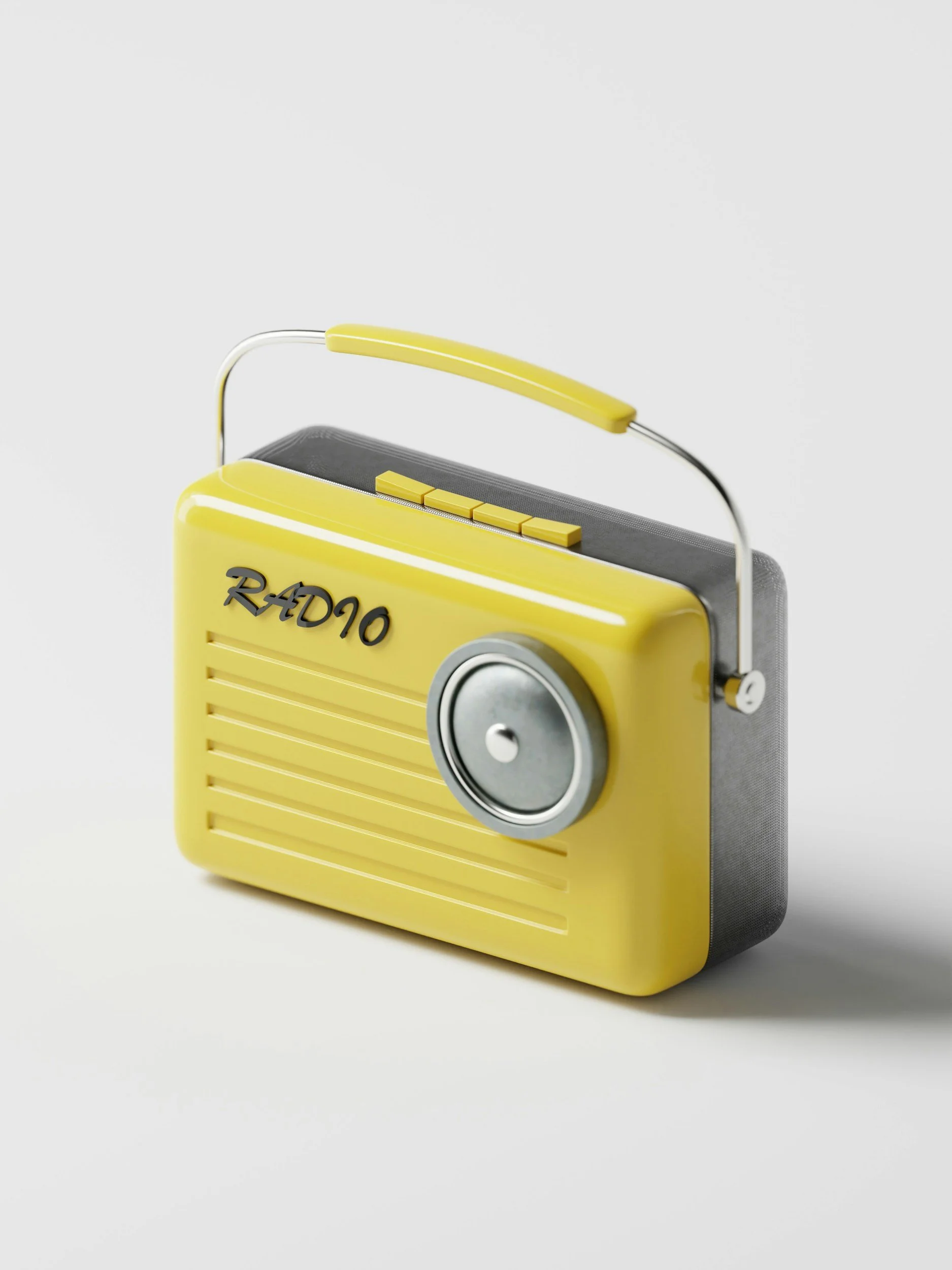Resources
A desktop or laptop is best, if you have access to a computer with a camera. This is both to allow as big a field of vision as possible of the video conference and make the clinician easy to see. If a tablet or cell phone must be used, it should be stationary (not being held in your hand) and set up to be eye level or close to it.
A device that can play audio (a cell phone with app capability, iPod, etc). To avoid technology conflicts and complications, it is ideal that this is a separate device from the one used for the telehealth conference. Using the same device is fine in a pinch, though may require some experimentation with volume levels to make sure there is a good balance of noise levels between the telehealth conference and the audio of the Brainspotting soundtrack.
The environment should be as distraction-free as possible. Pets should be put in a different room. On the devices being used, notifications and other noises (such as incoming call volume) should be turned off or muted, e-mail and messaging apps should be closed, and so on.
Before your Brainspotting session, a client will need:
Headphones
BRAINSPOTTING
The best headphones are those that go over the ear and do not limit environmental sounds (basically, the cheap kind). This allows the therapist to talk to the client through the telehealth platform while the Brainspotting audio track is running. Other headphones can work, too, though may require some adjustments. Headphones that normally cover the ear can be worn by partially covering the ear instead of covering it entirely, for example. Note that in order for the track to be effective, both ears need to receive the audio equally and the audio sound needs to be in stereo.
SAFE and SOUND PROTOCOL
Over-the-ear (circumaural) headphones because they allow for an immersive sound experience
On-ear headphones and earbuds are not recommended
Avoid noise-canceling headphones (unless noise-canceling can be turned off)
Bluetooth headphones are approved as long as the distance between the headphones and the device is kept to a minimum so as to not disrupt the music.
Why Should I Not Use Noise-Canceling Headphones?
Noise-canceling headphones work by emitting a low-frequency sound that disrupts the mid-frequency sounds of background noise. These same mid-frequency sounds are critical to the efficacy of the SSP delivery. In addition, noise-canceling headphones create an isolating experience that could be felt as unsafe for some listeners.
Why Should I Use Over-Ear Headphones?
Even inexpensive headphones can effectively deliver the mid-frequency sounds of the SSP. While high-quality headphones are better for full-frequency music, don't feel like you need to purchase the best headphones you can find.



